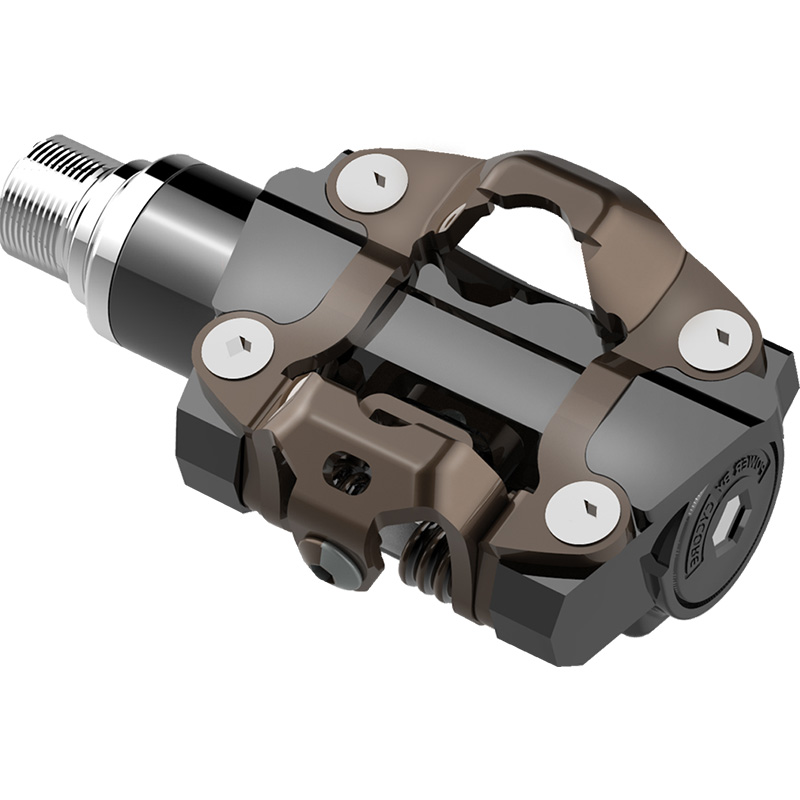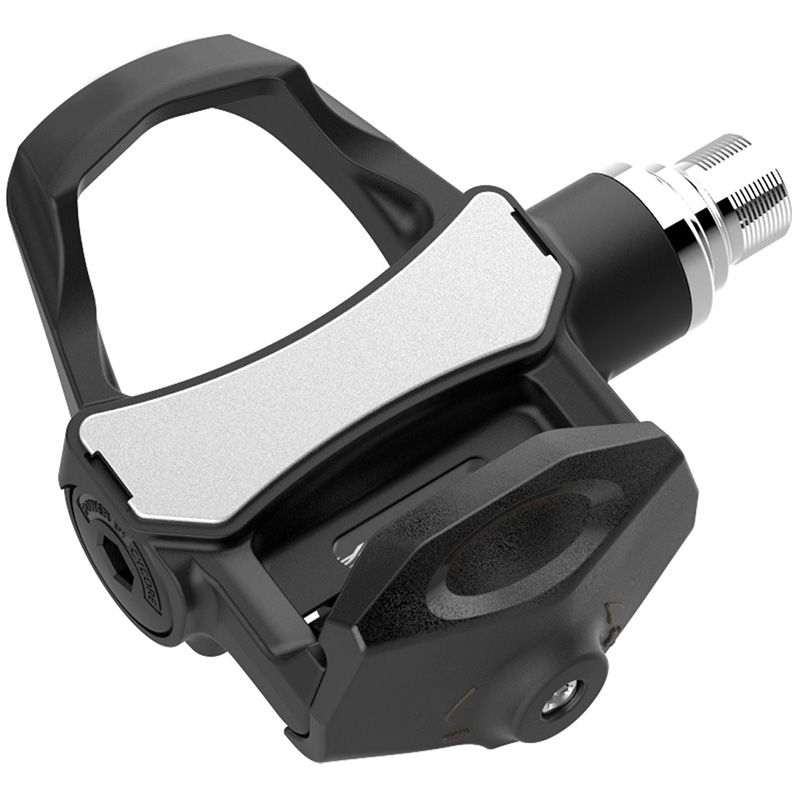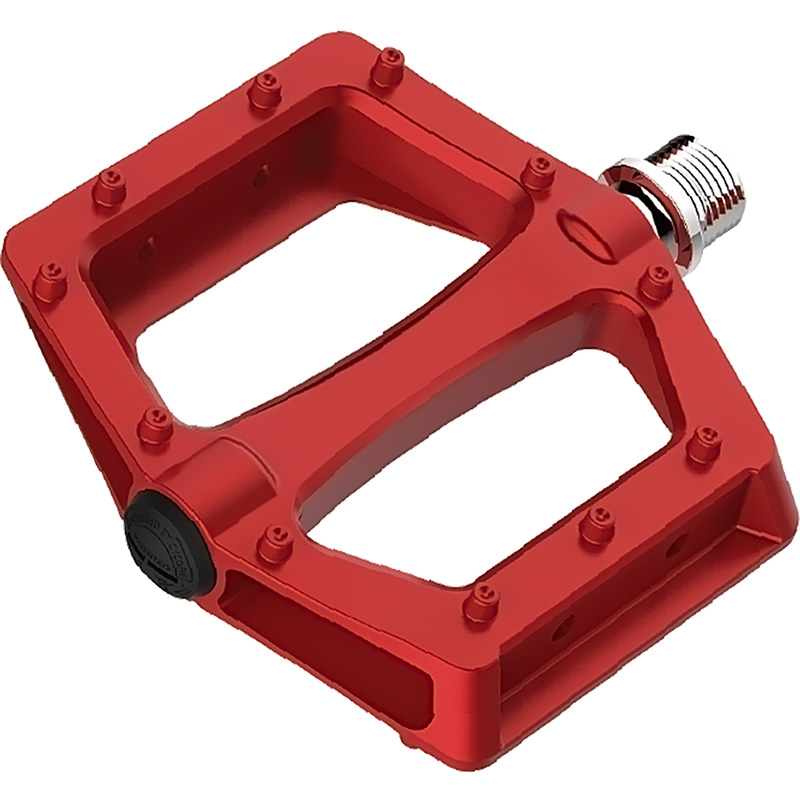Power Meter Pedals
Descriptions
Creating an apparently simple yet elegant power meter pedal for a road bike means balancing function, style, durability, and weight with cost. Achieving the blend is doable. Achieving it affordably is the really tricky bit. The Bion road bike power meter pedal is a perfect example of getting this right.
In balancing the pedal body durability and weight, AL 6061 aerospace grade aluminum is the best raw ingredient. The alloy is solid and great for CNC machining. The other most commonly used grade of aerospace aluminum, AL 7005, is slightly lighter and stronger but more expensive—you’ll find it frequently utilized in high-end alloy bike frames. However, AL 6061 is easier to work with, the material enabling more ‘degrees of freedom’, you might say, when incorporating style and function into power meter pedals.
If the body forms a pedal’s frame, the axle and bearings form the backbone. A pedal axle must be able to resist intense force over time, along with occasional sharp impacts. The only material to use is chromoly—steel that’s super-strong, yet light, and also perfect for CNC machining. Precision CAD designs can be reproduced down to the fraction of a millimeter. The CNC cutting-bits perfectly chisel the axle taper to achieve precise fit into the pedal body; the crank threads, also subject to sustained extreme force, can also be cut exactly to spec. And it is along this steel backbone that we install the power meter pedal’s electronic heart. Encased in a solid container around the rigid core, the electronic componentry provides an uninterrupted flow of data to your Bion GPS computer , allowing informed decision-making at every point of a ride.
Body and axle structure provide the foundational elements of durability and weight. The remaining components are mainly a matter of function and style. Note that even if these pedals did not incorporate state-of-the-art electronics, they are still top-tier pedals in their own right. We’ll say a bit more on this below. But first, a word about the power meters themselves.
You have the choice of a power meter in just the one side, or both. For a cyclist looking for a clear, but not absolutely precise, power measurement, metering the non-drive side is enough. The reading is doubled, giving an overall power output figure. The general discrepancy between legs is in the order of 48/52, so you’ll get an error somewhere around -4% or +4%. Some cyclists report wide variation in results at low cadence, though, so it’s best to maintain a consistent high cadence. For uncompromised accuracy on both sides, an active power meter is an option for the drive side. You get accurate readings for training purposes which carries over into racing situations.
https://www.bikeforums.net/road-cycling/1138043-dual-vs-single-power-meter-advice-please.html
With Bion’s power meter pedals, you get exactly the same quality of build and functionality as with the very best non-power meter pedal. A robust thermoplastic binding reinforced with fiberglass. For ultimate weight savings, in a perfect world, the binding would be made from carbon fiber. However, there’s no practical advantage to this. Glass-fibers provide excellent strength with no meaningful weight penalty. The rider can adjust the degree of tension on the release from loose to extremely tight, dialing in the required tension with precision.


